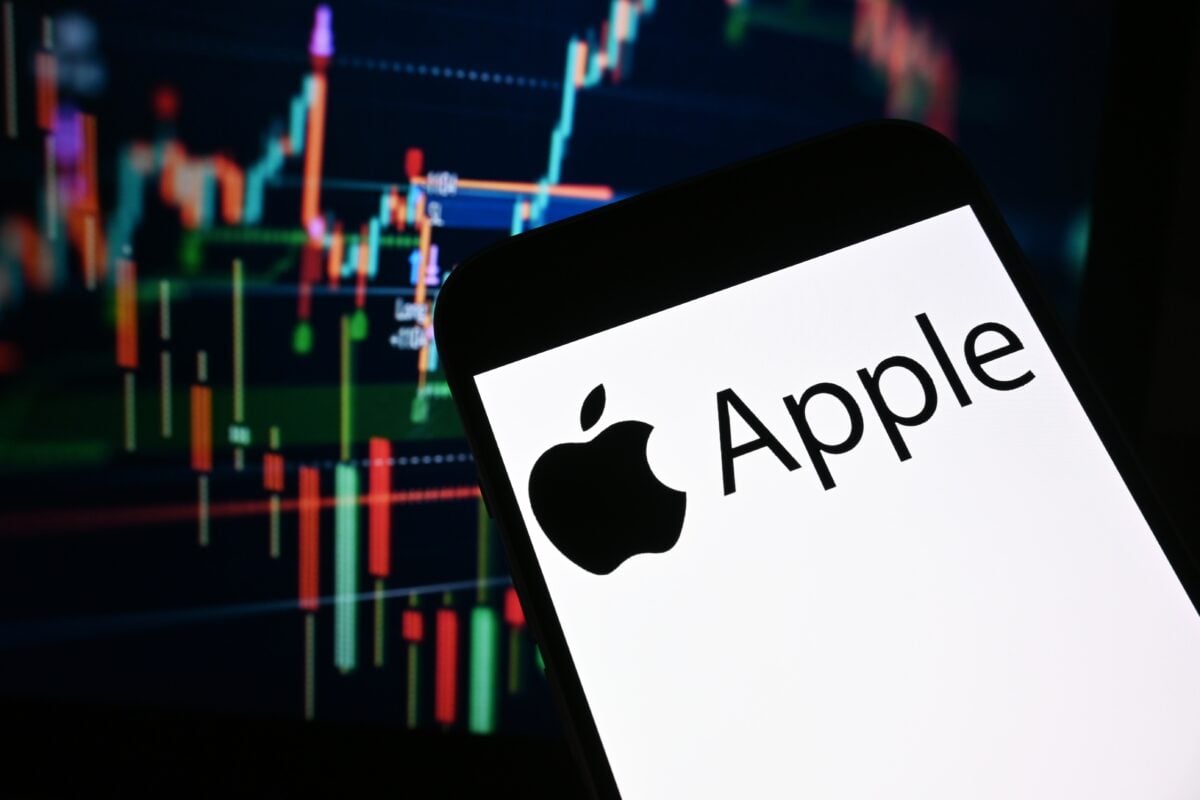Bitwise Solana ETF Opens Strong With $69.5M Inflows, A Bold New Era for $SOL
The Solana ecosystem just scored one of its biggest wins of 2025. On October 28, Bitwise officially launched the first-ever U.S. Solana spot ETF, the Bitwise Solana Staking ETF (ticker: $BSOL), and it didn’t take long to make waves.
In its first 24 hours, the ETF recorded a jaw-dropping $69.5 million in net inflows, pushing its total net assets to $289 million. For a debut, that’s not just strong, that’s historic.
According to Bitwise, this early momentum signals clear institutional appetite for Solana exposure through a regulated, tradable product.
A Record-Setting Debut
The Bitwise $BSOL ETF now ranks as the 16th largest crypto ETF by assets under management (AUM). It already outpaces four Ethereum ETFs and two Bitcoin ETFs, a surprising feat considering it launched less than a week ago.
Data from CoinMarketCap shows Solana’s market capitalization hovering near $107 billion, giving BSOL a SOL net asset ratio of 0.27%, meaning nearly one in every 400 Solana tokens is now indirectly held through this ETF.
The $69.5M inflows place BSOL’s debut ahead of most early Bitcoin and Ethereum ETF openings, showing clear conviction from both institutional and retail investors who view Solana as crypto’s next big institutional frontier.
For context, the Canary HBAR ETF and Canary Litecoin ETF, which launched the same day, recorded no inflows or outflows on opening, further highlighting how dominant Solana’s momentum has become.
Staking as a Core Feature
Unlike many ETFs that simply mirror price action, Bitwise built staking directly into BSOL’s structure.
This means holders don’t just gain exposure to Solana’s price; they also benefit from on-chain yield.
The ETF’s staking operations are powered by Helius Labs (@heliuslabs), a Solana infrastructure provider.
Currently, about 82% of the fund’s SOL holdings are staked, earning an estimated annual yield of around 7%.
Bitwise aims to hit a target staking ratio of 100%, optimizing yield generation without compromising liquidity.
At launch, Bitwise disclosed holdings of 1.358 million SOL, with 1.098 million SOL added on the first day alone, a clear signal of institutional-scale accumulation.
Based on Solana’s average trading price of $198, the portfolio’s estimated value sits near $263.8 million, according to on-chain data and fund disclosures.
Why It Matters for Solana
This ETF doesn’t just bring more money into Solana, it brings credibility.
In the span of just one week, two major Solana ETFs, Grayscale’s $GSOL and Bitwise’s $BSOL, have entered the market. Together, they represent a powerful endorsement of Solana’s maturity, scalability, and institutional readiness.
Solana has long been known for its high-speed, low-cost blockchain architecture. Capable of processing thousands of transactions per second, it’s now being recognized not just by DeFi natives, but also by Wall Street funds.
With ETF exposure, Solana becomes far more accessible to traditional investors, retirement accounts, mutual funds, and wealth managers, who previously couldn’t touch crypto assets directly.
As one analyst from CryptoQuant noted on X, this ETF “marks the start of Solana’s institutional liquidity era,” signaling a new phase where capital efficiency meets mainstream adoption.
Institutional Interest Rising
Institutional participation in Solana has accelerated dramatically since mid-2025.
Inflows into Solana-based products have surged over $200 million since Q3, outpacing even Polygon and Avalanche.
Bitwise’s launch adds to this trend, providing a compliant, liquid vehicle for investors to gain $SOL exposure without custody risks or DeFi complexity.
In the ETF’s official statement, Bitwise emphasized Solana’s “performance-per-dollar advantage”, positioning it as a next-generation smart contract platform for real-world adoption.
This confidence mirrors the growing sentiment among venture firms and asset managers.
Recent reports show over $400 million in new venture capital flowing into Solana-native startups since August, an ecosystem-wide revival that has placed Solana firmly in the top 3 networks by on-chain activity.
Solana’s Edge in the ETF Landscape
So why is Solana suddenly getting ETF love?
The answer lies in performance and economics.
Ethereum ETFs opened the door for blockchain-based funds, but Solana’s speed and low transaction fees make it far more attractive for scaling new financial products.
Bitwise and Grayscale are betting that Solana’s throughput and developer velocity will sustain long-term growth. And they’re not alone, multiple filings for Solana-based structured products are already pending SEC review.
The BSOL ETF’s early numbers “prove that institutional capital doesn’t just want exposure, it wants yield.”
By merging staking and regulated access, Bitwise has effectively built a hybrid product that bridges TradFi yield expectations with DeFi-level performance.
What Comes Next
Solana’s year isn’t over.
With the Bitwise ETF launch now live and Grayscale’s $GSOL approved, Solana has achieved what only Ethereum and Bitcoin had before, dual ETF representation on U.S. markets.
This milestone places Solana in a new league, with mainstream visibility and direct capital inflows that could reshape its market position.
If current momentum continues, $SOL could soon see increased demand pressure, particularly as ETFs must continue to acquire tokens to back new shares.
Meanwhile, on-chain staking yields provide real revenue to the fund, creating a feedback loop between investor demand, staking participation, and network security.
The Bitwise $BSOL ETF is more than another financial product, it’s a statement.
It confirms that Solana has evolved from a “fast blockchain” narrative into an institutional-grade asset class.
$69.5 million in a single day is not luck. It’s confidence. It’s performance.
And it might just be the spark that lights the next wave of Solana’s adoption.
Disclosure: This is not trading or investment advice. Always do your research before buying any cryptocurrency or investing in any services.
Follow us on Twitter @nulltxnews to stay updated with the latest Crypto, NFT, AI, Cybersecurity, Distributed Computing, and Metaverse news!
You May Also Like

Gold Lift and Meme Strength Define Altcoin Season Pockets as Traders Track Global Policy Moves

Hurricane Melissa caused network outages in Jamaica, and Bitchat topped the local app charts.
